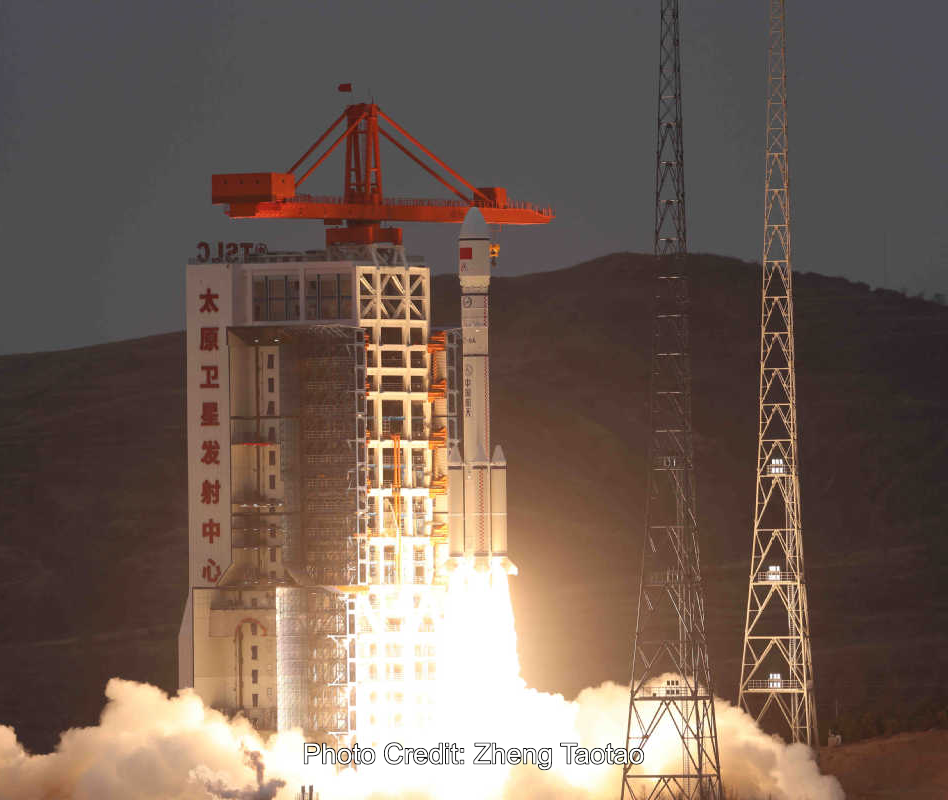CASC Launch Schedule
Stay updated on CASC's rocket launches with our real-time schedule. You can see 10 planned space missions on our website. Watch the live stream of any CASC rocket launch happening today.
Launch Status
Success
Date & Time
8 Dec, 10:11pm
UTC
Location
Pad
Launch Complex 9A
Launch Service Provider
Vehicle
Mission
SatNet LEO Group 15
Mission Type
Unknown
Destination
Unknown
A batch of Low Earth Orbit communication satellites for the Chinese state owned SatNet constellation operated by the China Satellite Network Group. The constellation will eventually consists of 13000 satellites.
Last Update: Launch success.
🔔 Set up an email alert for upcoming launches
Get a weekly email containing all launches scheduled for the coming week.
Upcoming CASC Launches
The Yaogan 47 is a Chinese military “remote sensing” satellite of unknown purposes.
Last Update: Launch success.
9 Dec, 3:10pm
UTC
Details TBD.
Updated: Dec 9, 9:30am UTC
11 Dec, 11:00pm
UTC
Details TBD.
Updated: Dec 9, 9:30am UTC
TBD
2025
China's geostationary meteorological satellite program FY-4 (Feng Yun 4) is the second generation of chinese geostationary meteorological satellites.
Updated: Jan 3, 8:05pm UTC
TBD
2025
First test launch of CASC/SAST’s Long March 12A rocket. The rocket’s 1st stage will attempt to land on a landing pad about 300 km downrange of the launch site.
Updated: Dec 9, 9:30am UTC
Chang'e 7/CE-7 is scheduled to launch in 2026, including an orbiter, a lander, a mini-hopping probe, and a rover. The mission will land in the South Pole regions of the Moon to study lunar surface environment around the South Pole, especially in looking for water ice in lunar soil.
Last Update: Updated launch year.
TBD
2026
First test launch of CASC/CALT’s Long March 10A rocket. Payload is expected to be a prototype of the Low Earth Orbit mission version of the Mengzhou crew spacecraft.
Updated: Dec 4, 5:00pm UTC
TBD
2027
First test launch of CASC/CALT’s Long March 10 rocket. Payload is expected to be a prototype of the lunar mission version of the Mengzhou crew spacecraft.
Updated: Dec 4, 5:00pm UTC
Chang'e 8/CE-8 is scheduled to launch in 2028, including a lander, a rover and a legged robot. The mission will land in the South Pole regions of the Moon to study lunar surface environment around the South Pole and experimenting with resource utilization, including testing an enclosed terrestrial ecosystem in the lunar environment.
Last Update: NET 2029.


